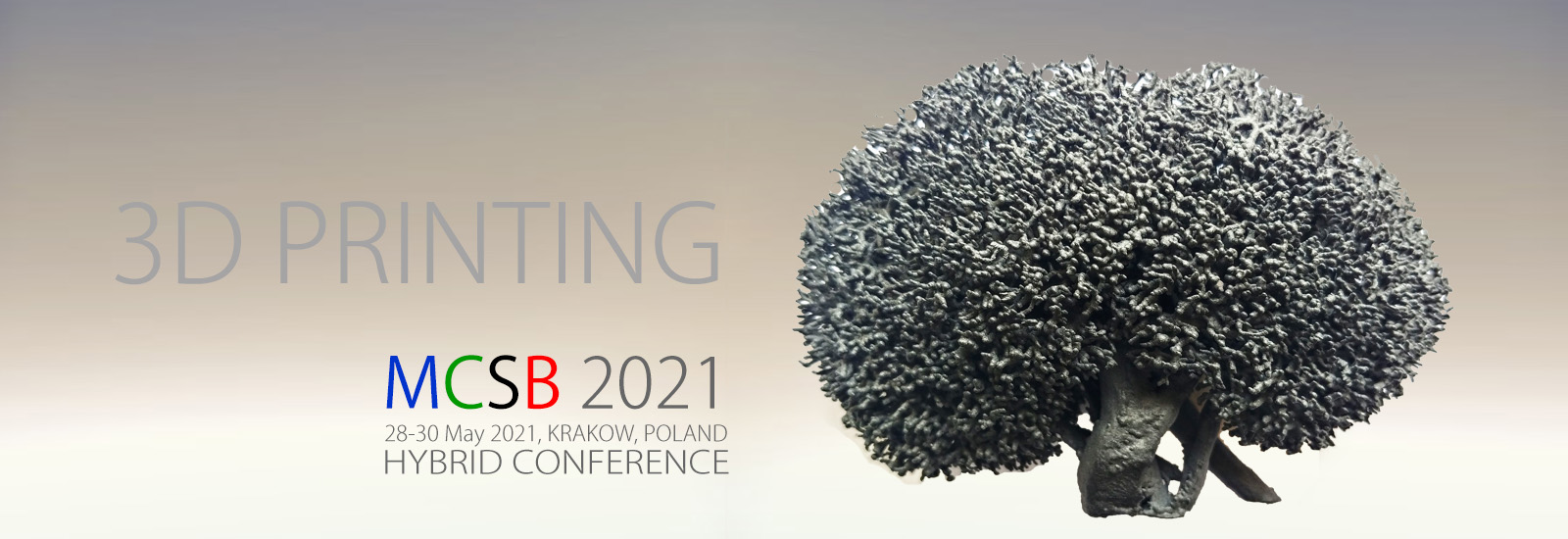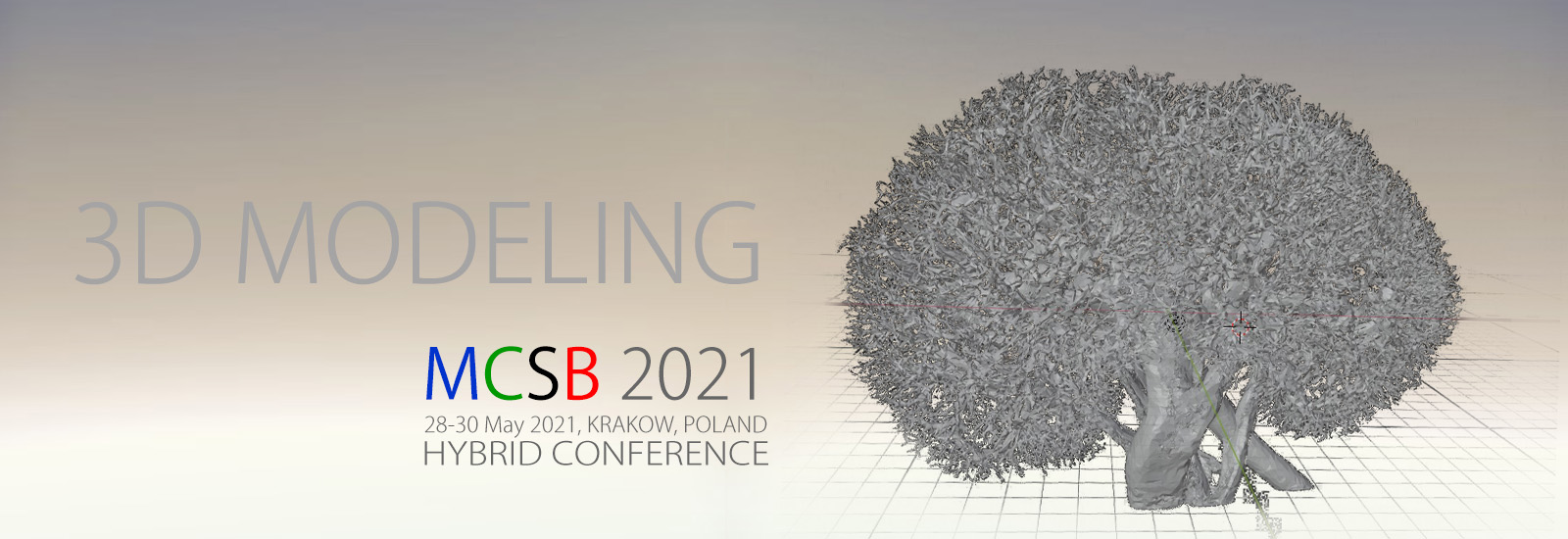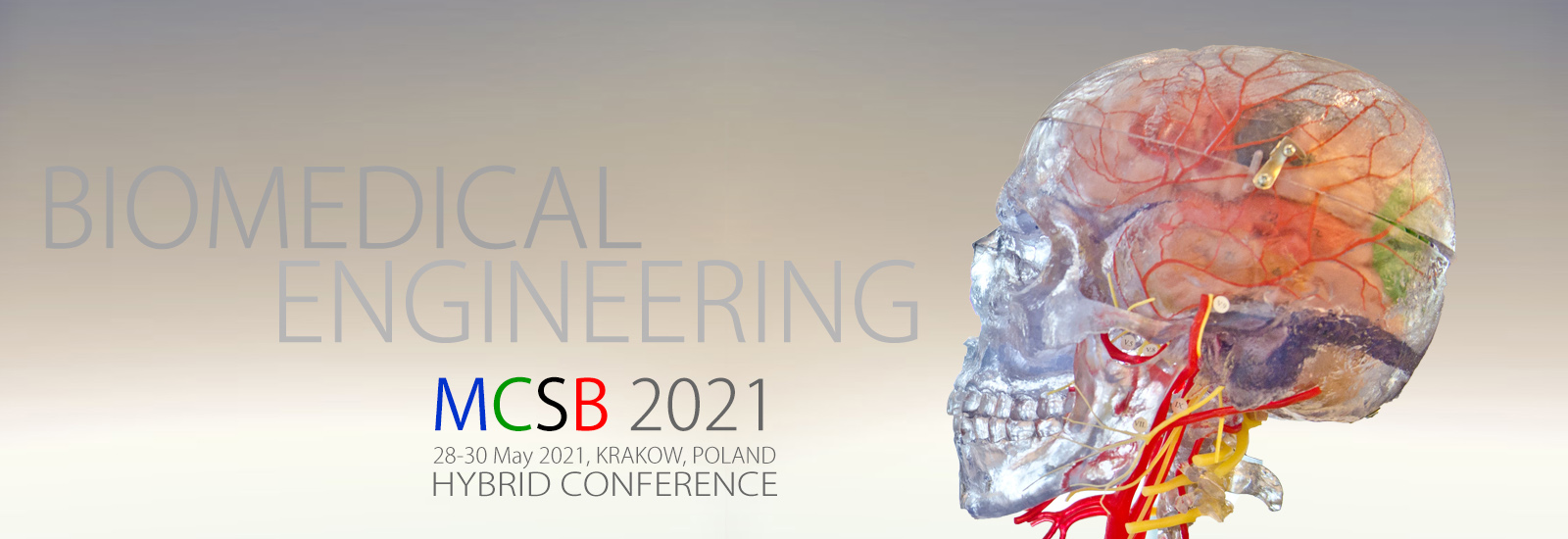DECREASE IN OCULOMOTOR PERFORMANCE IN ALZHEIMER’S DISEASE
Wieczorek W 1, Gorzelańczyk E 2, Walecki P 1
1 Jagiellonian University Medical College, Krakow, Poland
2 Kazimierz Wielki University, Bydgoszcz, Poland
INTRODUCTION: One of the neurodegenerative diseases that affect the patient by progressively decreasing cognitive functioning is Alzheimer disease (AD). It is the most common form of dementia, with the prevalence continuing to grow in part because of the aging world population. Cognitive impairment, as the most crucial aspect for the diagnosis, includes progressive memory loss, impaired attention, decrease in executive functioning, aphasia, praxis and complex visual processing deficit, which seems to be overlooked in AD studies. To date, there are some deficits that have been described, such as: impairments in motion perception and visuospatial processing. So far, the most frequently used eye tracking tests for AD patients are these that detect fixation, saccadic, and smooth pursuit tasks. There are already some characteristic findings: less accurate and increased saccadic movement, but higher number of saccades, along with shorter duration of fixation than in healthy controls.
MATERIAL AND METHODS: 104 people took part in the study. 30 people with mild and moderate Alzheimer's disease and 74 people in the control group matched for age and demographic characteristics. The Saccadometer Advanced measuring device was used in the study. The oculometric test called LAT (Latency Task) consisted in the fastest possible fixation of eyesight on a light point (produced by a laser) changing its position randomly along the horizontal axis, every 10deg. The parameters of horizontal eye movement in the range of 20deg (± 10deg from the central fixation position) were analyzed. Saccades performed in the direction of the stimulus were called - correct saccades, while saccades performed in a direction other than the stimulus - incorrect saccades. Each test consists of 10 calibration tests and 50 tests of the actual test (analyzed statistically). The STATISTICA 12 software was used. The distributions of the analyzed variables were checked using tests of normality and homogeneity of variance. Most of the variables differed from the normal distribution (Lilliefors p <0.05, Shapiro-Wilk W p <0.05), therefore it was decided to use the non-parametric Mann-Whitney U test of significance of differences.
RESULTS: The number of incorrect saccades in people with AD is over 30% higher, and the number of correct saccades is almost 12% lower than in the control group. The mean latency of correct saccades in people with AD is over 37% longer (statistically significant difference p = 0.0000), and the latency of left-sided correct saccades is 41% longer than in the control group (p = 0.0000 ). According to the ROC analysis, the best predictor is the mean latency of correct saccades, the area under the curve is 0.811, while the cut-off point suggested in this analysis is the result of 329 ms (above this latency value can be inferred about the disease), the correct intersection points are 282 ms and 77%.
CONCLUSION: The measurement of the dynamics of eye movement seems to be a good method for monitoring motor disorders in Alzheimer's disease. Oculomotor examination using the Saccadometer measuring system, which is automated and self-calibrating, was used in the clinic with good results, only the data analysis is complicated and it would be worth developing an automatic calculation of these parameters.





